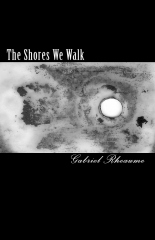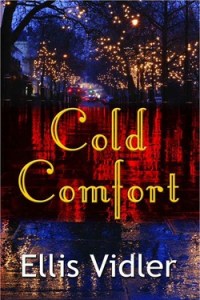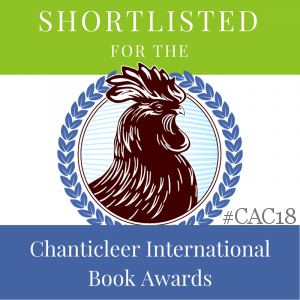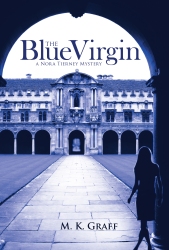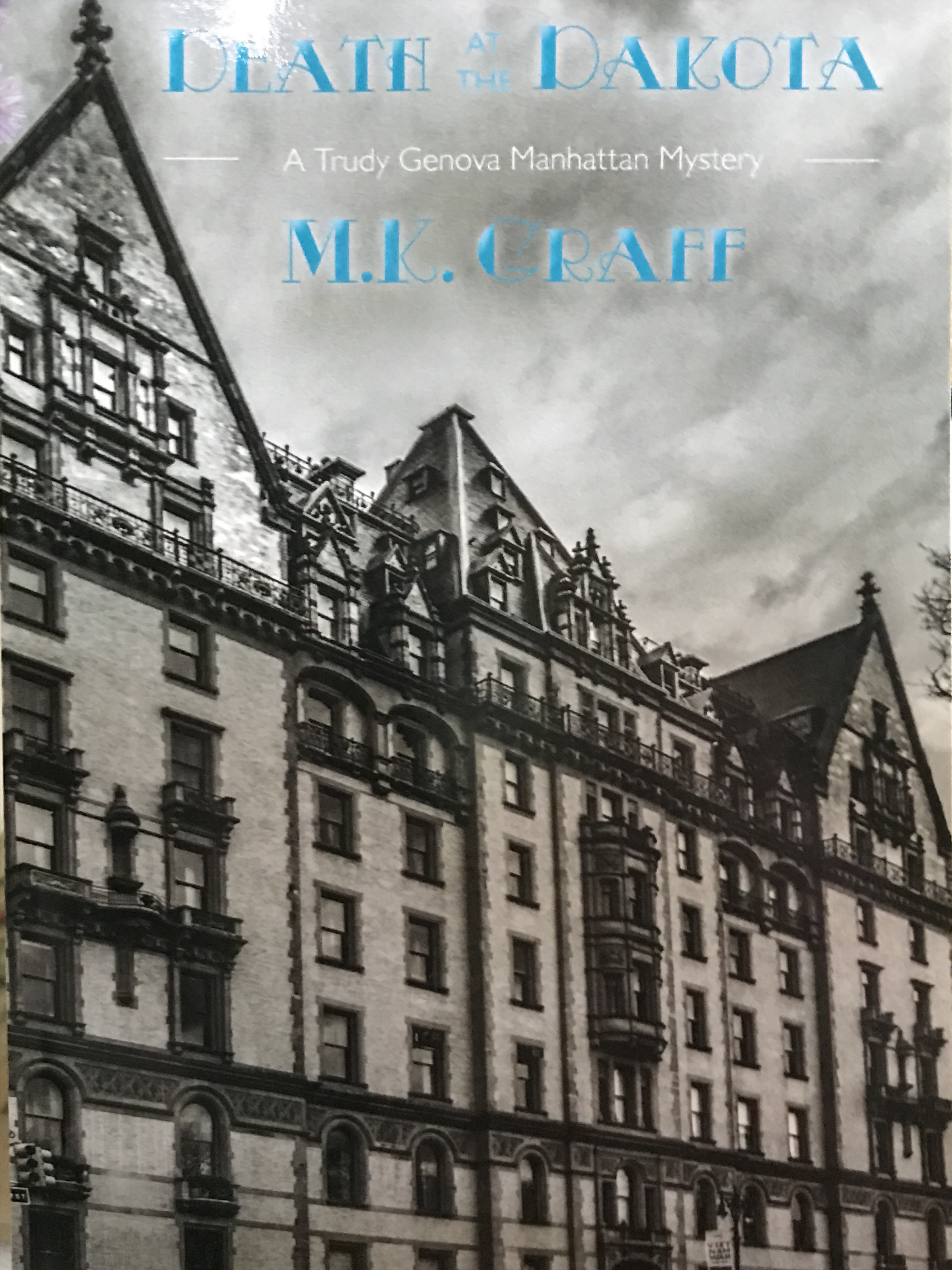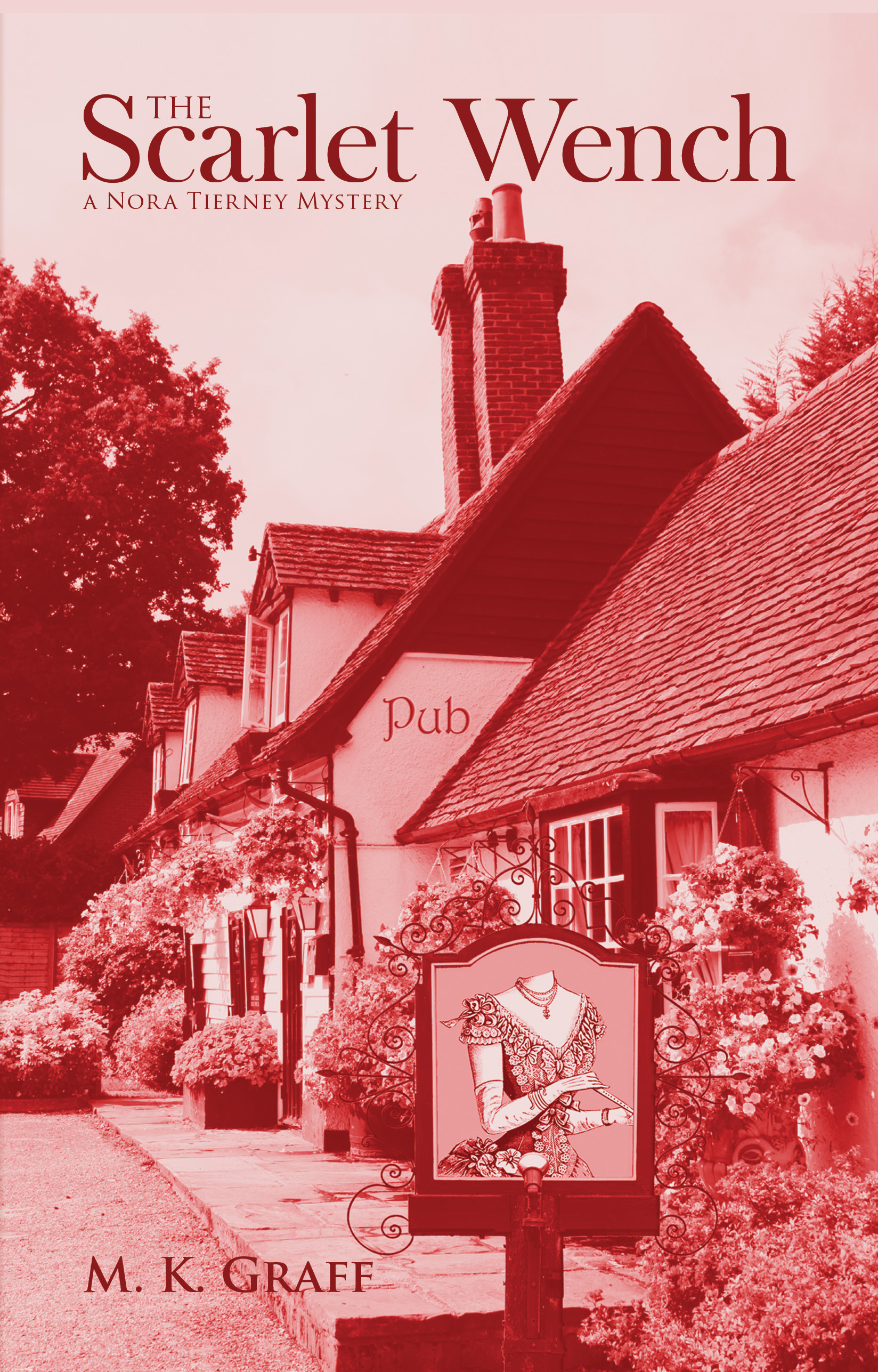Folks, Auntie M’s son is getting married, so the next two posts will feature guest bloggers.
Please welcome Susan Sloate and her very interesting story~
 I’ll admit it up front: I’m a real snob about book research. When I read historical fiction, I expect the author to have gotten the facts right. I love losing myself not only in a great story, but a story that’s teeming with details, large and small, which make me believe I’m there.
I’ll admit it up front: I’m a real snob about book research. When I read historical fiction, I expect the author to have gotten the facts right. I love losing myself not only in a great story, but a story that’s teeming with details, large and small, which make me believe I’m there.
A writer’s job, first and foremost, is to tell a good story. But in the process of telling that good story – and persuading the reader of its truth – the writer also owes the reader something critical: factual accuracy.
If an author is sloppy with facts, how can a reader believe the rest of the tale? The bond between writer and reader – that pledge to tell the truth – is broken when there are misspellings, bad grammar (except in dialogue), and most glaringly, errors of historical fact.
I am severe on such errors. (Think of a schoolmarm wielding a big hickory stick.) It takes work to check the details, correct the spelling errors and see to the punctuation. But it’s part of the job.
I’ve always accepted that, and enjoyed writing stories with historical backgrounds. The challenge of burrowing for facts – often obscure ones – and populating my stories with them, to surprise and (hopefully) fascinate the reader, was part of the pleasure (also an excellent excuse for putting off the actual writing, which as any writer knows is half the job, anyway). There is endless room for creativity after you’ve founded it on historical fact.
… Which brings me to my own novel, FORWARD TO CAMELOT, co-authored with Kevin Finn. CAMELOT is a story about an actress who travels back in time from the year 2000 to November of 1963, and while trying to retrieve priceless artifact, finds a way to save President Kennedy from assassination in Dallas.
We did plenty of research. Years worth. Probably a hundred books, a dozen films, hundreds of newspaper and magazine articles, audio tapes, trips to Dealey Plaza in Dallas, the JFK Library in Boston and Arlington National Cemetery, several symposia on the assassination, conversations with archivists, historians, researchers. We really tried.
Getting it right was important, because we were presenting historical figures as major characters in the story, and we wanted to show them, as much as possible, as they really were. Finding both President Kennedy and Lee Oswald in the mists of fantasy, legend and just plain prejudice, was not easy. But we think we finally did.
We were also blending historical fact with the plot we created, such as the car crash in Dallas on November 18th (4 days before the assassination) that revealed hundreds of stolen rifles, part of a gunrunning operation that had been going on for years, and was tied to the perpetrators of the assassination. (True; you can look it up.)
That gunrunning operation was originally set up by – wait for it – Jack Ruby, the man who shot Oswald. (I am not inventing this.) And it did become an important part of our plot, which most people thought we had made up. (Wish we were that creative.)
So getting the details right in this case was important because we were mixing them right into the creative stew of our story.
So what happens when you realize you’ve committed the cardinal sin – you’ve gotten it wrong?
The plot of FORWARD TO CAMELOT turns on an artifact that our heroine, Cady, is sent back in time to retrieve: The Bible owned by JFK, which was used to swear in Lyndon Johnson as president on November 22, 1963. According to William Manchester’s excellent DEATH OF A PRESIDENT, the Bible disappeared after Sara Hughes, the judge who swore in LBJ, left Air Force One in Dallas and was asked by an unknown man at the bottom of the ramp to give it back.
Intriguing? You betcha. This is a novelist’s dream – to find some obscure fact no one else has ever used, that we can then work up into a grand story.
But … we also wanted to be sure of the facts. Manchester’s book is the ONLY one of the hundreds we read that even mentioned the Bible’s disappearance. (The other books, understandably, dealt with the continuing questions over whodunit.) Jim Bishop’s excellent book on the same subject says the Bible was in fact a Catholic missal (prayer book), but never mentions that it was lost.
What’s a mother to do?
What we did was call the Kennedy Library in Boston, asking if the Bible had ever been returned. Manchester says the Kennedy family wanted it back, but that was in 1967. The archivist said very definitely that the Bible had not been returned.
That’s when we knew we had a winner: A totally original take on the assassination story, a treasure worthy of the hunt, that if recovered today would be priceless. Jackpot!
The book was published in November 2003, to coincide with the 40th anniversary of the assassination. It became a #6 Amazon bestseller, took honors in three literary competitions and was optioned (though alas not yet made) by a Hollywood film company.
Everything was grand – until Kevin called me in despair a few years ago and said, “We have to pull the book. We made a huge mistake.”
Uh – excuse me?
He then told me that two of his friends had called to let him know that they knew where the Bible (rather, the prayer missal – Jim Bishop was right) actually was, and of course it was the one place you would never expect.
According to them, it was at the Lyndon B. Johnson Presidential Library in Austin, Texas, where it had been, on display, since the library opened.
To make matters worse, they had found out this interesting fact on JEOPARDY. Yes, America’s game show had mentioned it, in front of millions.
Who knew?
Apparently, according to the LBJ Library archivist I belatedly consulted, Sara Hughes, the judge, did hand off the Bible to a Secret Service agent, who returned it to Mrs. Johnson (not Mrs. Kennedy), who then turned it over to her own press secretary, Liz Carpenter, because she knew that reporters covering the story would be interested in the details of the swearing in.
But … nobody ever asked. No one was interested in how LBJ was sworn in; to them, the story was the dead president, not the live one. (That must have been a real kick to LBJ’s considerable ego.)
So the Johnson family kept the missal and when they were setting up the LBJ Presidential Library, asked the Kennedy family whether they wanted it back. The Kennedys said it had been a recent gift to JFK from an admirer; it did not have sentimental value for them, and they didn’t care about it.
Thus it landed in the LBJ Library – which neither of the authors ever thought of consulting. We figured a JFK librarian would have information on JFK’s possessions and spent considerable time cross-checking other books about the assassination, looking for references to it.
So there you are. Our Bible, which was really a prayer missal, was never a cherished possession of JFK’s (as Manchester stated) and in fact was never `missing’.
We did not pull the book, though. I suppose there’s egg all over our faces, but even so, it’s hard to get mad about this one. We read something in a well-written, well-researched book that turned out to be wrong, and tried hard to corroborate the facts in logical places, except that the people we consulted knew less about it than we did. And therefore, we believed our assumptions to be true, and acted on them.
Frankly, I can’t feel too bad about it. Because if we had gone to the right source in the first place and learned that the Bible (missal) had never really been misplaced, we might have thought twice about trying to save JFK from assassination in FORWARD TO CAMELOT. And I’m convinced that giving up on this novel would have been the real mistake.
I’m still very proud of the book – glaring inaccuracy and all – and if I need comfort, I go back to my favorite time-travel book, Jack Finney’s TIME AND AGAIN. Finney’s classic was set in New York in 1882 and featured the Dakota apartment house in the plot. In a research note at the end of the novel, Finney said that the Dakota was actually built in 1885, but … he needed it for his story in 1882, so he used it.
Well, that works for me. We needed a lost Bible, and using it helped us save JFK (on paper anyway) from tragedy. Anyway, that’s my story, and I’m sticking to it.
So to you writers of historical fiction: Sometimes getting it wrong helps you to surprising new revelations. I wish you lots of interesting research, and many wonderful surprises along the way.

Susan Sloate is the author of 17 young-adult books and the co-author (with Kevin Finn) of FORWARD TO CAMELOT, the 2003 time-travel novel about the JFK assassination, which became a #6 Amazon bestseller, took honors in 3 literary competitions and was optioned for Hollywood film production. Her biography for children, RAY CHARLES: FIND ANOTHER WAY!, was honored in the 2007 Children’s Moonbeam Book Awards. Her unpublished 2007 novel, STEALING FIRE, was a semi-finalist in the 2008 and 2009 Amazon Breakthrough Novel Award contests. She has written and co-directed two one-act plays in their world premieres, optioned two screen properties to Hollywood film companies, written feature articles for sports publications, and is a sought-after speaker for conferences and classrooms. She appears in volumes of WHO’S WHO IN AMERICA, WHO’S WHO IN ENTERTAINMENT and WHO’S WHO AMONG AMERICAN BUSINESSWOMEN. Visit her online at
http://susansloate.com.
Leave a Response »







